Deep freezing techniques in cows, sheep, goats, swine and poultry
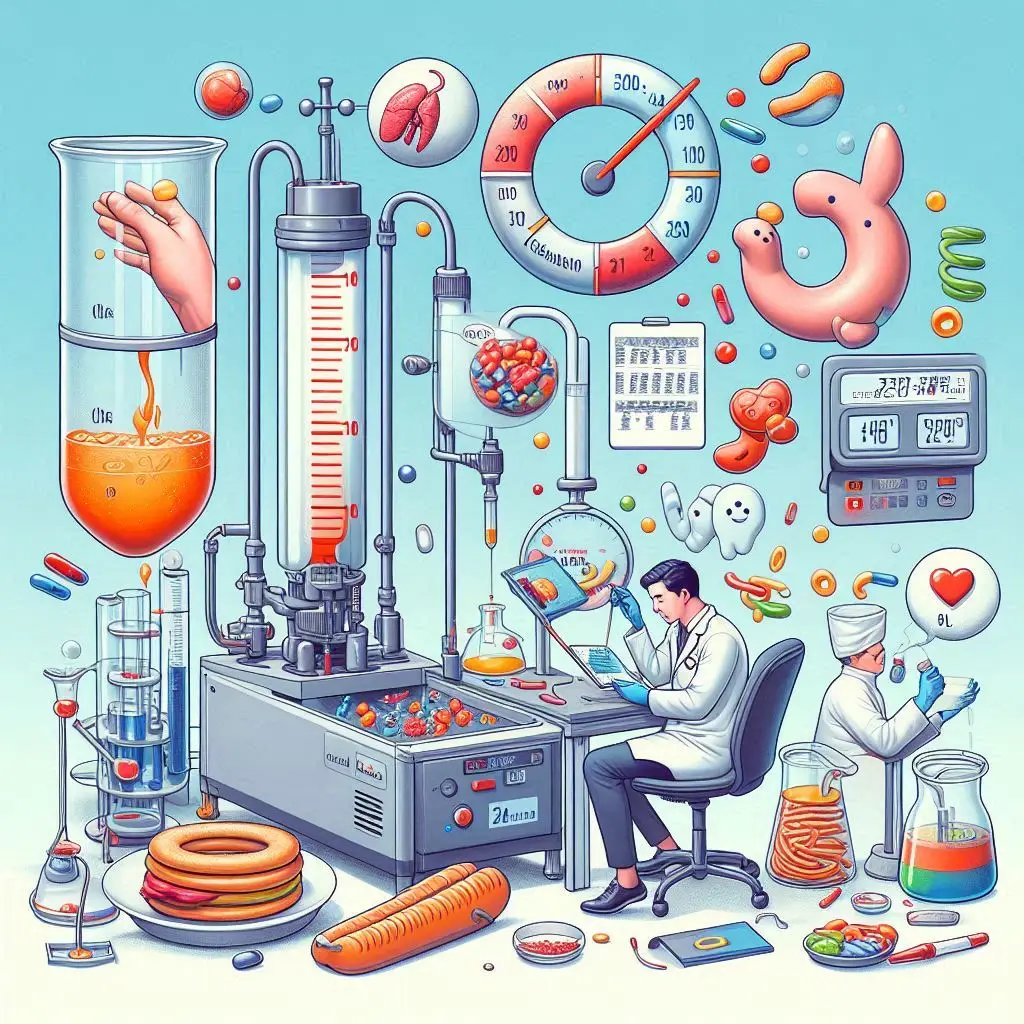
Introduction to Deep Freezing Techniques
Deep freezing, or cryopreservation, involves cooling biological samples to very low temperatures to halt all biological activity, including the processes that lead to cell death. This technique proves particularly important in livestock breeding, as it allows for the long-term storage of genetic material without loss of viability.
Importance of Cryopreservation in Livestock
- Genetic Diversity: Cryopreservation helps maintain genetic diversity within livestock populations, which breeders need to improve traits such as disease resistance, growth rates, and reproductive efficiency.
- Facilitating Global Breeding Programs: With the ability to transport frozen semen and embryos across borders, breeders can access superior genetics from around the world, enhancing the quality of livestock.
- Conservation of Endangered Breeds: Cryopreservation plays a vital role in conserving endangered livestock breeds, allowing breeders to preserve genetic material that may otherwise be lost.
Deep Freezing Techniques in Cattle
Semen Freezing
Semen freezing stands as one of the most established techniques in livestock cryopreservation. The process typically involves the following steps:
- Collection: Technicians collect semen from bulls using an artificial vagina or electroejaculation.
- Dilution: The collected semen undergoes dilution with a specialized extender that contains nutrients, antibiotics, and cryoprotectants (like glycerol) to protect sperm cells during freezing.
- Equilibration: The diluted semen undergoes equilibration at a controlled temperature for a specific period, usually 4 to 6 hours, allowing the cryoprotectants to permeate the sperm cells.
- Freezing: Technicians place the semen in straws or vials and freeze it using a controlled-rate freezer or by placing it on dry ice before transferring it to liquid nitrogen for long-term storage.
- Thawing: When needed, staff thaw the frozen semen quickly in a water bath at 37°C, preparing it for artificial insemination.
Embryo Cryopreservation
Embryo cryopreservation presents a more complex process than semen freezing, but it offers several advantages, including higher conception rates and the ability to store embryos from genetically superior females. The main techniques used are:
- Slow Freezing: This method involves gradually lowering the temperature of the embryos while using cryoprotectants to prevent ice crystal formation. Technicians cool the embryos slowly to -30°C before plunging them into liquid nitrogen.
- Vitrification: Vitrification uses rapid cooling techniques that prevent ice crystal formation by applying high concentrations of cryoprotectants. This method has shown improved survival rates for embryos compared to slow freezing.
- Thawing and Transfer: After storage, staff thaw embryos quickly and transfer them into recipient females for implantation.
Deep Freezing Techniques in Sheep
Semen and Embryo Freezing
Similar to cattle, both semen and embryos from sheep undergo cryopreservation. However, the efficiency of embryo freezing in sheep generally falls below that of cattle. The main techniques are:
- Semen Cryopreservation: The process follows the same steps as cattle, with careful attention to the dilution and equilibration processes to ensure high sperm viability.
- Embryo Cryopreservation: Researchers employ both slow freezing and vitrification techniques, with ongoing studies aimed at improving the efficiency of these methods, as sheep embryos are more sensitive to freezing conditions.
Challenges and Innovations
- Embryo Sensitivity: Sheep embryos have a higher lipid content, making them more susceptible to damage during freezing. Researchers explore methods to reduce lipid content and improve cryotolerance.
- Vitrification Advancements: Recent studies focus on optimizing vitrification protocols to enhance embryo survival rates, including the use of different cryoprotectants and cooling rates.
Deep Freezing Techniques in Goats
Semen and Embryo Cryopreservation
Goats share similarities with cattle regarding cryopreservation techniques. The process involves:
- Semen Freezing: Technicians follow the same steps as cattle, ensuring careful dilution and equilibration to maintain high sperm viability.
- Embryo Freezing: Both slow freezing and vitrification techniques apply, with ongoing research aimed at improving the efficiency of cryopreservation methods.
Recent Developments
- Cryoprotectant Research: Scientists test new cryoprotectants and combinations to enhance the survival rates of frozen goat embryos.
- Optimized Protocols: Researchers develop optimized protocols for freezing and thawing goat embryos to improve overall success rates in breeding programs.
Deep Freezing Techniques in Swine
Semen Cryopreservation
The cryopreservation of boar semen presents unique challenges due to the sensitivity of sperm to freezing. The main steps include:
- Collection: Technicians collect semen using an artificial vagina.
- Dilution and Extender: The semen undergoes dilution with a specialized extender that includes nutrients and cryoprotectants.
- Freezing: Boar semen typically freezes in 0.5 mL straws, and technicians carefully control the freezing process to minimize damage to the sperm.
- Thawing: Staff perform thawing quickly, and they evaluate the semen for motility and viability before use.
Embryo Cryopreservation
While less common, the cryopreservation of swine embryos is gaining attention. Researchers employ techniques similar to those for other species, focusing on optimizing freezing protocols and improving embryo viability.
Deep Freezing Techniques in Poultry
Semen Freezing
The cryopreservation of poultry spermatozoa has garnered extensive study, and the process involves:
- Collection: Technicians collect semen from roosters using manual or artificial methods.
- Dilution: The collected semen undergoes dilution with a suitable extender that contains nutrients and cryoprotectants.
- Freezing: The diluted semen freezes in small straws and stores in liquid nitrogen.
- Thawing: Staff perform thawing quickly before insemination.
Embryo Preservation
While less common than semen freezing, researchers actively study the cryopreservation of poultry embryos. They develop techniques to enhance embryo survival rates, including optimizing freezing protocols and exploring new cryoprotectants.
Future Directions in Cryopreservation Techniques
As research continues, several exciting advancements await in deep freezing techniques for livestock:
- Ultrarapid Vitrification: This technique aims to reduce the time required for freezing embryos, enhancing survival rates and improving overall efficiency.
- Dry State Storage: Researchers explore the potential for storing embryos in a dry state at room temperature, which could simplify transportation and storage logistics.
- Advanced Cryoprotectants: The development of new and more effective cryoprotectants could lead to improved survival rates for both sperm and embryos.
- Genomic Technologies: The integration of genomic technologies with cryopreservation methods may allow for more precise selection of genetic traits, enhancing breeding programs.
Conclusion
Deep freezing techniques stand as crucial methods for preserving genetic material in livestock, enabling successful artificial insemination and breeding programs. As advancements in cryopreservation methods continue to evolve, the potential for improved reproductive efficiency and genetic conservation in livestock grows significantly. These techniques not only enhance the quality of livestock but also contribute to the sustainability and resilience of the agricultural industry.
For more pearls of Vets Wisdom:

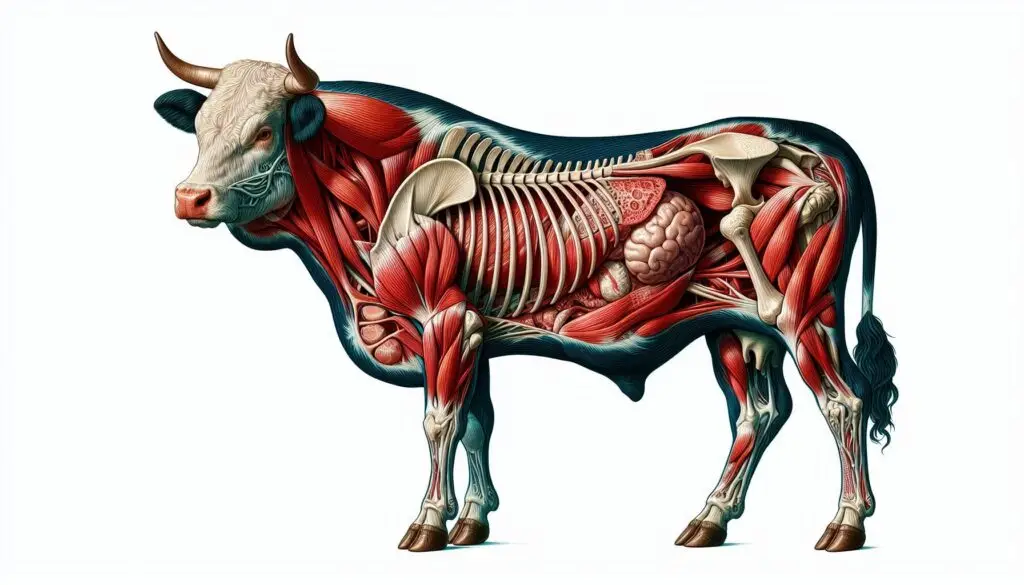
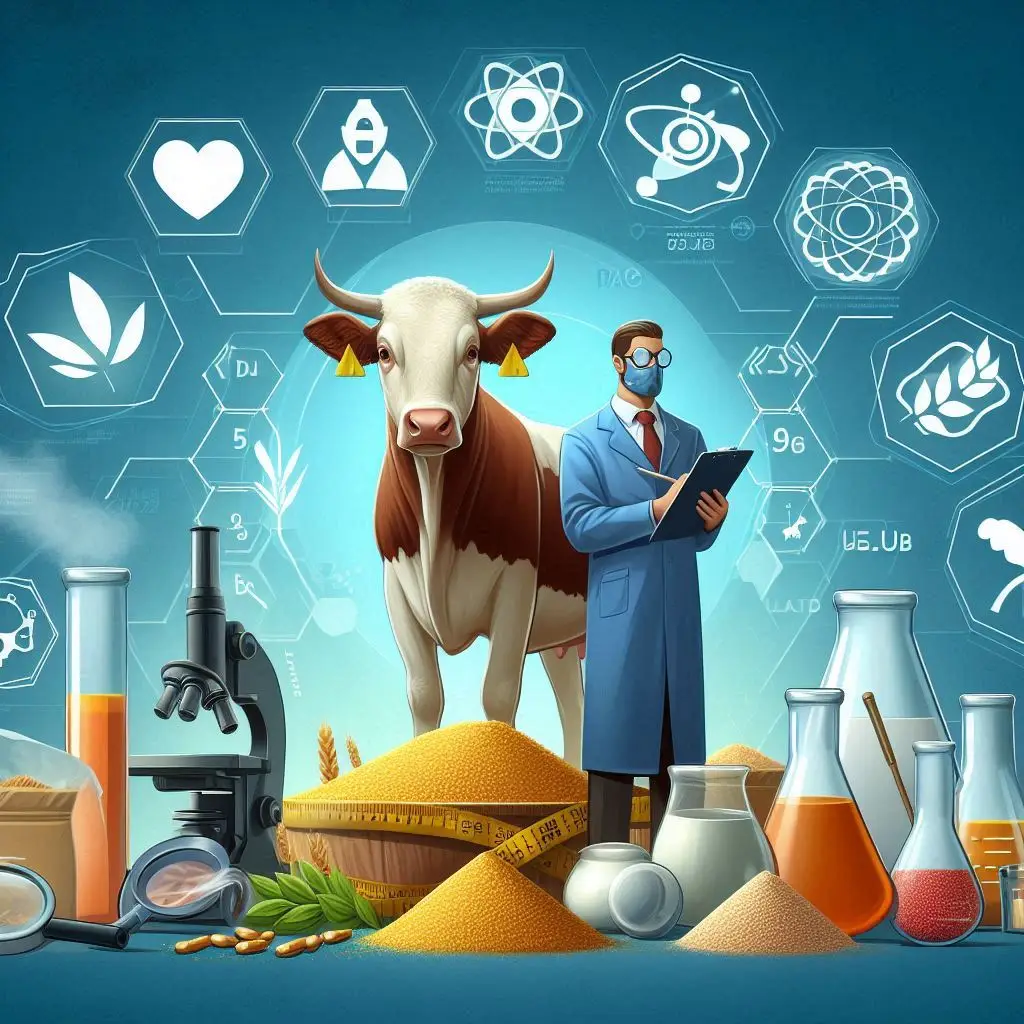
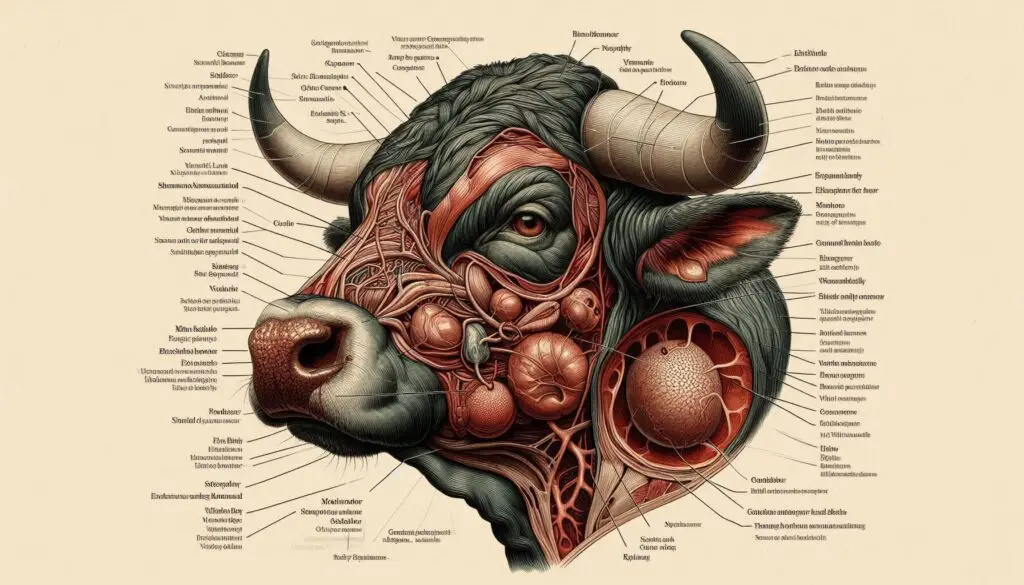
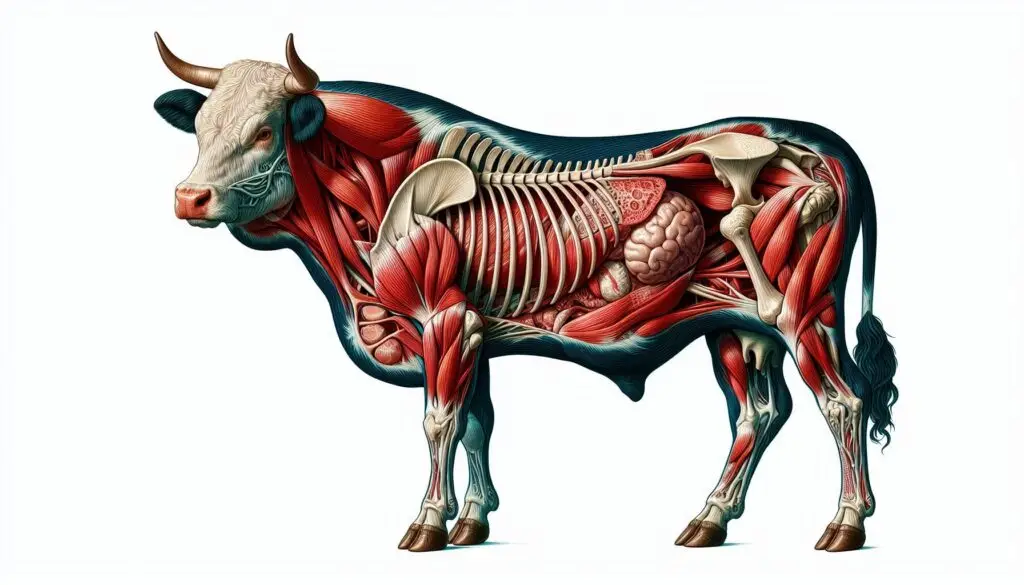
Responses